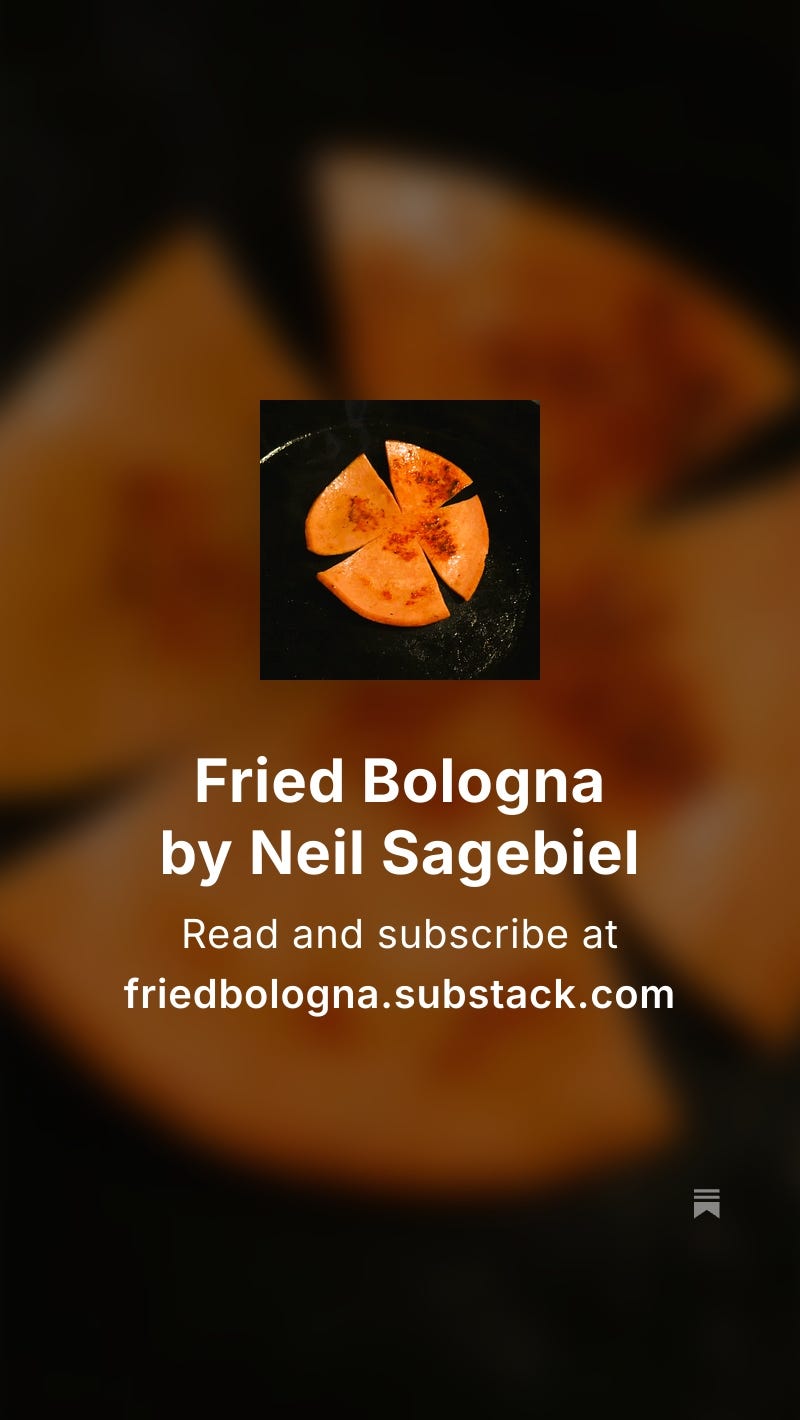In many ways, the flood story is my dad’s story. It was a focus of our conversations in the last years of his life.
As dad entered his 90s, his mind remained sharp. I could spark his memory with a question or a photograph or simply a willingness to listen, and he would again become the boy who grew up during the Great Depression in Jeffersonville, Indiana.
Dad told me what he remembered about the flood. But he also shared a lot about his life before and after the high water arrived on his family’s doorstep.
His name was James Ralph Sagebiel, the son of James Harvey Sagebiel. But from early on everyone called him Ralph.
New Year’s Day, 1937.
Born on March 31, 1927, Ralph Sagebiel was 9 years old as the new year began. He was no longer an only child. His brother Bruce was a month old, born a few weeks before Christmas.
The small rental house at 521 East Market Street was a bit more crowded and noisier. With the addition of the newborn baby, there were eight Sagebiels living in the three-bedroom home. They included Ralph’s grandparents, parents and an aunt and uncle. Another aunt and uncle lived across the street.
Ralph attended fourth grade at Chestnut Street School, located a few blocks from his home. He had blue eyes and wavy blond hair, and stood a little taller than his peers. He was a skinny, good-looking kid who avoided trouble whenever possible, including a neighborhood bully who would shove him into hedges for no reason.
His best friend, also named Ralph, was gone.
The Olsens had moved to Bakersfield, California, because their older son Robert suffered from chronic respiratory ailments that made life unbearable in the Ohio Valley. The days of the two Ralphs playing cops and robbers and hanging out in an outdoor playhouse and holing up in the Olsen basement during bad weather were over.
Without a best friend around, Ralph entertained himself, not unusual for a kid who had been an only child until he was almost 10. He didn’t mind being alone. He was good company. That self-reliance would follow him throughout his life.
The small house on East Market Street couldn’t be much closer to the Ohio River, which formed a gentle “S” curve as it flowed past Charlestown, Jeffersonville, Louisville, Clarksville and New Albany.
From his front porch, Ralph could see the earthen levee that stood between him and the Ohio. That’s where the action was — on that big river. He’d cross the street, walk through a grassy area and climb the slope to the top of the levee, where he’d sit for a while. Ralph watched everything on and near the water.
Forming the Indiana-Kentucky border, the Ohio River was about a half-mile wide from his vantage point. Ralph saw paddle-wheelers steam along the water and heard the calliope blast riverboat tunes. He watched barges loaded with coal and other vessels travel up and down the river.
Looking towards Kentucky, the boy saw Louisville, or “The Gateway to the South” as the landmark sign read. Until he retired, Ralph’s grandfather boarded the interurban six days a week and crossed the bridge to his job as a master cabinetmaker at the Louisville & Nashville Railroad. In the eyes of the Indiana boy, the big Kentucky city across the water was a magical place.
As a solo activity and a view of the wider world, Ralph’s front-row seat on the Ohio River was a perfect spot on a summer day, or nearly any day. And it was only steps from his front yard.
The river was like a companion for a boy with many hours available to play and explore. From atop the Jeffersonville levee, Ralph might have been able to see a mile or more in either direction along the winding river, which flowed from Pittsburgh, Pennsylvania, to Cairo, Illinois, touching seven states.
But there was no way the boy could see what was coming that January. No one could.
Start at the beginning of The 1937 Flood Journal or access the archives.
FRIED BOLOGNA: Family Stories from the American Midwest and Upland South Join me for stories about my ancestors who lived, worked and traveled in the hills and along the rivers of Arkansas, Illinois, Indiana, Iowa, Missouri and beyond.







